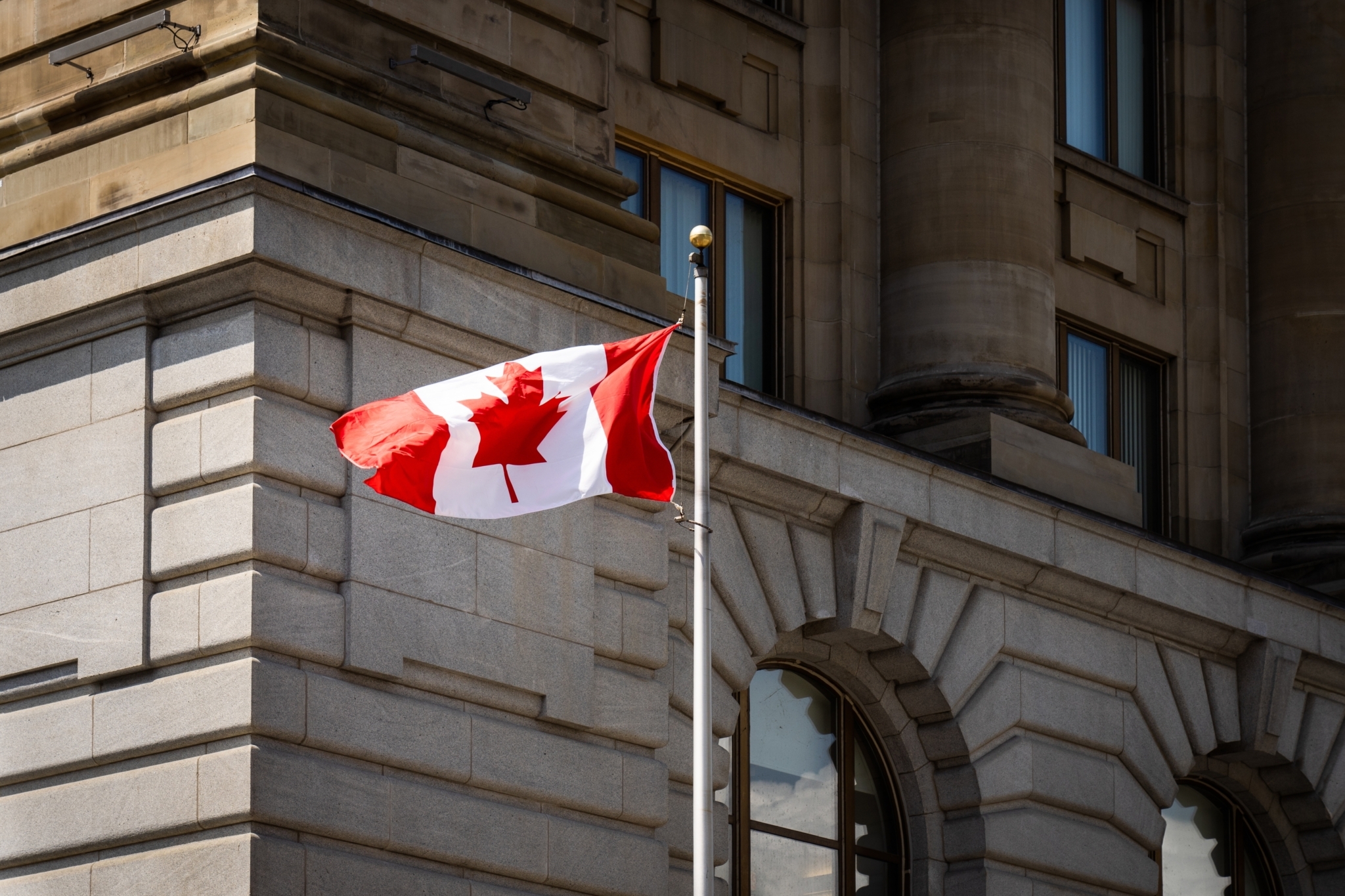February 15, 2021 | Institutional Perspectives | 5 min read
Diffusing Inflation Fears
Milton Friedman famously said that “Inflation is always and everywhere a monetary phenomenon.” As central banks and governments have implemented record level s of government spending and money creation to counterbalance the economic impact of the global pandemic, some market watchers are wondering if we should heed that warning, worrying that rising government borrowing will result in inflation.
Canada’s fiscal response to the pandemic has been to move from near-balanced books to spending over 15 per cent of GDP (close to 20 per cent including provincial deficits), with more expected to come. On top of this, monetary policy stimulus has been substantial, with the Bank of Canada cutting short-term interest rates and injecting liquidity into the market by buying bonds in the secondary markets. Surely this must be inflationary?
We don’t think so, at least in the medium term.
Our view is that we will remain in a subdued inflationary environment over the medium term (three to five years) as demand remains weak, and substantial excess capacity including a Canadian unemployment rate which moved from 5.6 per cent in February to a peak of 13.7 per cent in May before dropping to nine per cent by September – remains in the economy.
Drivers Of Inflation
Canada’s key measure of inflation, the Consumer Price Index (CPI), dates to 1914 and spans periods of economic expansion, recession, war, demographic changes, and technological advancements. Inflation ran at high levels in the late 1970s and 1980, partly due to high energy prices which seeped through to a broad base of consumer products. In response, the Bank of Canada adopted specific inflation targeting of two percent (the mid-point of a range of one and three per cent) and succeeded at bringing inflation down to that level by the end of 1995.
The Canadian core inflation rate has now been below the Bank of Canada’s mid-point target of two percent since 2010. Low inflation has not been unique to Canada, however, as most developed economies including the U.S., Eurozone, and Japan have experienced the same persistently low inflation, below central bank targets in recent years.
When looking at the changes in the historical path of inflation and predicting its future direction, it is important to understand what is driving pricing pressures. While input costs are a key element in inflation, long-held economic theories such as the inverse relationship between inflation and domestic unemployment, known as the Philips Curve, have broken down over the past decade, with pre-COVID unemployment levels falling to close to historical lows in Canada while inflation remained anchored at low levels.
A number of key factors such as technological advances, demographics, and globalization have all played significant roles in subverting these historical relationships and in dampening inflationary pressures over the past decade. In particular, increased trade openness, higher competition as a result of economic integration, automation, and the global division of labour have all resulted in lower bargaining power for wage increases and other production costs.
We will remain in a subdued inflationary environment over the medium term (three to five years) as demand remains weak, and substantial excess capacity including a Canadian unemployment rate which moved from 5.6 per cent in February to a peak of 13.7 per cent in May before dropping to nine per cent by September remains in the economy.
These unique factors may put a brake on inflation, but can countries just print money with impunity? To get a better understanding of how countries work to inject liquidity and support growth, let’s break down the two main tools: monetary policy and fiscal policy.
Monetary Policy
In response to the global pandemic, the Bank of Canada (BOC), along with other central banks, cut interest rates to close to zero and implemented unconventional monetary tools, including quantitative easing (QE). QE essentially involves the BOC purchasing bonds from commercial banks with the goal of injecting liquidity into the financial system. By selling bonds to the BOC, the commercial banks increase their cash balances.
When an economy is growing, banks have the confidence to lend their cash extra balances to companies. However, in a recession, when there is spare capacity and lower output, banks will often be less willing to do so. For their part, companies will also be reluctant to borrow because they are less optimistic about the future. As a result, bank reserves grow, but the circulation of money remains unchanged. The net result is that the Central Bank increases the monetary base but the funds are not deployed and are, in a sense, trapped in the financial system. There is therefore little inflationary pressure.
QE also plays a very important role in the current crisis as it provides governments with a means of effectively eliminating the new debt they are incurring to fund their massive fiscal spending programs. Central banks are printing new money and using it to buy assets to support the economy.
From a currency perspective, it is important to remember that this process is not happening in a vacuum. Canada’s peers are largely following the same playbook and the expansion in our monetary base versus those peers is relatively low – keeping currency devaluation concerns in check for now.
Fiscal Policy
Sustained fiscal stimulus, however, can be inflationary over the medium term. When fiscal policy targets things like spending on infrastructure or services, it injects funds directly into the real economy and can work quickly to stimulate growth. Fiscal spending is, therefore, likely to exert some upward pressure on inflation over time.
We would argue, however, that higher inflation is not actually a bad thing at this point as it further reduces the chance of deflation. Among the many compounding factors that prolonged the pain of the Great Depression, price deflation was among the worst culprits as it discouraged investment. Starting from a point today where the market is anticipating less than one per cent inflation over the next 30 years, there is room for inflation to tick up without having a negative impact on the health of the economy.
Finally, for both fiscal and monetary policy to remain effective, it is critical to maintain credibility. The degree of confidence that the public has in the central bank’s motivation and ability to meet its announced objectives is paramount to shaping inflation expectations.
In short, we expect inflation will remain low for the medium term due to significant capacity in the economy. Longer term, sustained, elevated levels of fiscal spending may lead to modest pressure on prices, however, we do not foresee a scenario where inflation rises sharply. Continued muted inflation should, therefore, result in bond yields remaining low and provide support for investment markets.
Note this article first appeared in the February 2020 edition of Benefits & Pensions Monitor. Republished with permission.
IMPORTANT NOTE: This article is not intended to provide advice, recommendations or offers to buy or sell any product or service. The information provided is compiled from our own research that we believe to be reasonable and accurate at the time of writing, but is subject to change without notice. Forward looking statements are based on our assumptions, results could differ materially.
Reg. T.M., M.K. Leith Wheeler Investment Counsel Ltd.
M.D., M.K. Leith Wheeler Investment Counsel Ltd.
Registered, U.S. Patent and Trademark Office.







